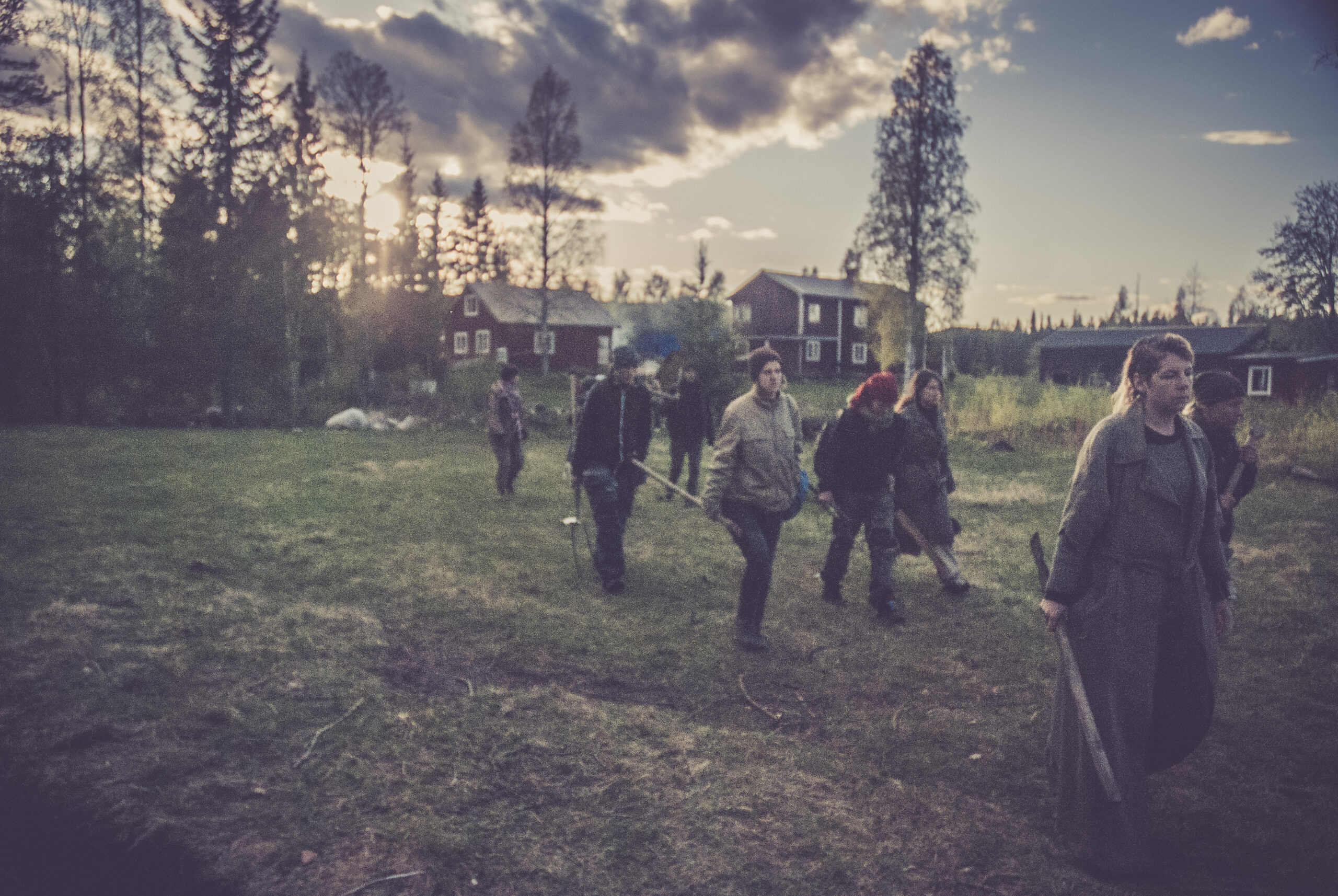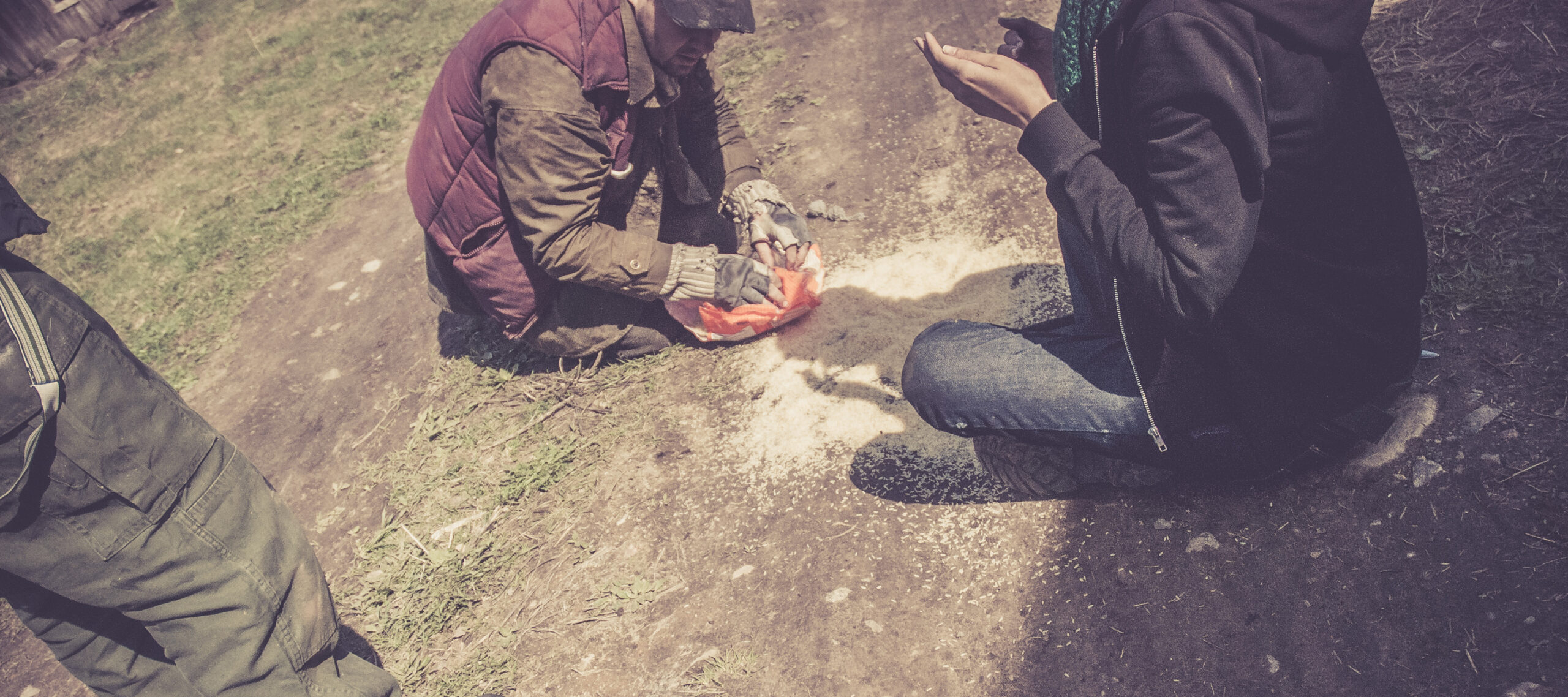Tag: Hinterland
-

Hinterland – The Will to Survive
Hinterland was set a few years in the future: a future in which war has destroyed much of society and the infrastructure of modern civilization. Millions of Swedes now live in overcrowded refugee camps scattered around the countryside, at the mercy of ad-hoc crisis authorities, whose resources are stretched way too thin. Life in the…
-

Hinterland: Playing to Really Lose
In the year 2013, the Swedish midsummer idyll is shattered to pieces when Russia suddenly attacks. A war without winners commences, followed by the deadly epidemic called Rosen (the Rose). In refugee camps around the country, tens of thousands die from starvation, violence and sickness. Three years after that first fatal bombing night, the gates